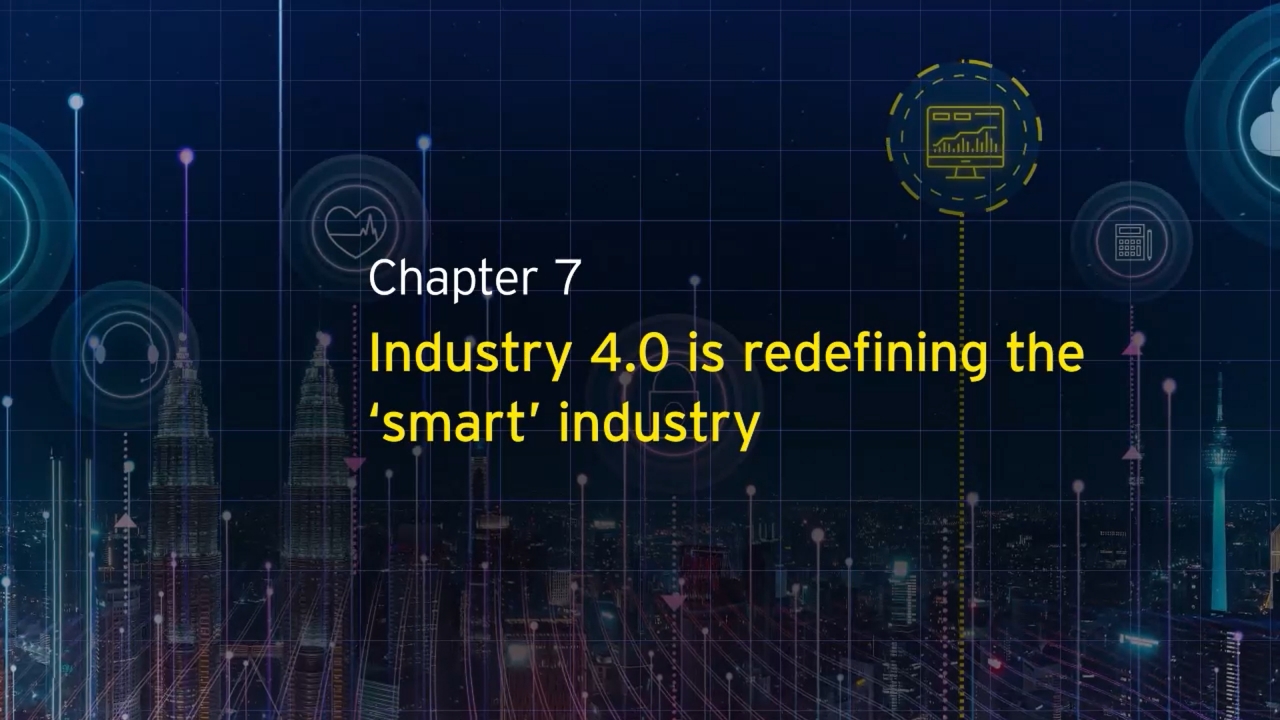The 5G push
The introduction of 5G connectivity will be key to the future of Industry 4.0. 5G enables high speed of data transmission, negligible latency, improved connectivity, capacity, and bandwidth, plus enhanced safety and security, which will pave the way for a myriad of new innovations and digital solutions that were not possible before.
In a market reliant on data-intensive machine applications, 5G will enhance the effective use of automated guided vehicles (AGV), AI-enabled robots, visual analytics through computer vision and many other smart factory solutions. India has already embarked on its transformation journey through 5G. A leading Indian telecom player has shared its plans to transform the country utilizing various 5G solutions across different sectors such as agriculture, manufacturing, healthcare, life sciences, and more. From intelligent farming with precision spraying drones, remote diagnostics in healthcare, and AI-enabled smart manufacturing to ultra-HD streaming and zero-latency gaming in homes, 5G will transform the world we currently live in.
Digital twins
Digital twins and 3D simulation technologies, which were earlier used for dangerous work scenarios like deep sea oil rig testing, are now coming into the factory setting. A digital twin is a virtual model that accurately reflects a physical object in real time and allows us to run various simulations and test scenarios, helping us determine the best possible set-up with the highest efficiency and returns. Companies are, therefore, creating digital twins of their factories to determine the most optimized and efficient way to run processes and generate the highest returns. There is, in fact, a scramble among service providers that specialize in either business process platforms or very specific product development or product testing platforms, to provide the best customized solutions. Some sectors, like mining and minerals, power, and oil and gas, are embracing digital twins and simulations rapidly. Others, like healthcare, manufacturing, food and beverage, and life sciences, have also joined the hype train.
The sudden increase in adoption of digital twins across sectors is also due to the fact that the cost of development today is far lower than what it was a few years ago. As we see adoption of digital twins rise across industries and sectors globally while also being the principal concept behind the Metaverse (virtual world), we can safely say that this is a technology that will not only remain relevant but will also evolve for quite some time. It might be wise for organizations to evaluate the digital twins’ technology in its early days.
Eye on the future: Industry 5.0
Industry 4.0 offers many solutions but also poses challenges. While adopting the underlying technologies for speed and scalability, companies must weigh the trade-offs. Quick fixes, temporary workarounds, and retrofitting can accelerate the early implementation of digital solutions, but re-engineering can be expensive. Therefore, organizations must make smart technology choices for new projects at an early stage itself. For instance, cloud-based solutions or standardized IoT platforms could accelerate the initial deployment of new solutions and support the integration of large-scale applications.
To get the most out of Industry 4.0, organizations will need the required talent. Adoption may not be smooth for organizations that do not have the right talent and processes in place.
As organizations figure out the benefits of the fourth industrial revolution, they must also keep an eye on the future. Industry 5.0, which centers around human-machine interactions, is more resilient and sustainable, and is on its way.
The article was first published on ET CIO.



